 |
| Vanessa and her Sister is a fictionalised imagining of some of the events in their lives. |
There are some secrets that haunt us forever. We vow to
never repeat it, but still, the mistakes keep on haunting us, becoming a thread
that runs through our lives.
Such an event is at the heart of this wonderful novel,
based on the lives of the writer Virginia Woolf and her painter
sister, Vanessa and is a fictionalised account and imagining of some
of the events.
Vanessa and Her Sister opens in 1905 when the
sisters and their two brothers, Thoby and Adrian Stephen, have just moved into
46 Gordon Square, Bloomsbury, after the death of their father, their mother
having died some years before. At home in the Bloomsbury district, they will
soon come to scandalise “polite society” with their unconventional ways. They
will start a “salon”, giving rise to the moniker the Bloomsbury group, and will
have men and women conversing in their home at all hours of the
night. Throwing convention to the winds and living free from the
strictures of Victorian society is more appealing.
 |
| Painter Vanessa Bell, sister to writer Virginia Woolf |
This is long before Virginia marries, and the two are
still the young and beautiful Stephen sisters, desirable and desired.
The story is told through Vanessa’s diary – although
in reality Vanessa never kept a diary. Instead it was Virginia who
kept famously kept one.
But this is primarily Vanessa’s story and the story
is told through her prism, and the fictional device is an effective one
here. Vanessa’s imagined diary is like a painting – light seeps in through
the lines, and there’s a poetic feeling to her words. Vanessa is a
gentle, artistic sort – and this is rendered through the writing.
Interspersed through the diary entries though are letters
and telegrams sent from the Stephens and the friends who orbited them and also
formed part of the group – and so these move the narrative along too. This also
provides another view of the group and the events, including some letters from
Virginia as well, presenting another, sometime oblique view of things.
For those with an interest in the Bloomsbury group,
there’s a frisson of delight in reading about them all in this fictionalised
way.
 |
| Lytton Strachey, member of the Bloomsbury Group |
There’s Lytton Strachey, biographer and writer,
instrumental in getting his friend Leonard Woolf to seriously consider Virginia
as a wife, socialite and literary hostess Lady Ottoline Morrell, poet Rupert
Brooke, art critic Roger Fry, Duncan Grant, and so on.
When art critic Clive Bell sets his sights on the Stephen
sisters, he sets in motion a chain of events that will alter all their lives.
Virginia is strangely distant and aloof, and he begins to court Vanessa.
There’s no great love though for him, a fact she repeats to herself over and
over, “I like him. But it stops there. I do not think I could love him. I
remember Stella when she decided to marry Jack. I watched her with the critical
eye of a younger sister but I could find no flaw in her certainty. ... She recognised him.
... She had been waiting for him. I do not recognise Clive. He is not
mine.”
 |
| The young Virginia Woolf, whose attachment to Vanessa is beyond the ordinary |
And she’s able to resist his efforts, until suffering
grief over the death of their brother Thoby, she gives in. There will be a
wedding, Clive has his Stephen sister. But when his infidelities push to the
fore, after she has given birth and isn’t as attentive to him as he’d like,
she’s told that they are different and theirs is to be an open, more unusual
marriage.
And when his eyes start roving towards her sister, we
sense the delicate balance of the sisters’ love for each other might be
threatened. Vanessa is protective of Virginia, ever watchful too that
Virginia doesn’t slip back into her periodic bouts of madness: “It is when she
is in a quiet mood one should be careful. The stillness that presages that
squall.”
And, “I could feel Virginia pulled taut, on the brink of
something, and I was not up to a mad scene today.”
Virginia with her intense attachment to her sister has
not taken easily to Vanessa’s marriage or to her involvement with her two
children. There’s a line where they ask if Virginia is Sapphic, and indeed her
attachment to Vanessa seems to go beyond ordinary sibling love. Busy
with her children, and her painting, Vanessa watches as Clive pursues
Virginia, and Virginia dances dangerously on the edge of this precipice.
 |
| Virginia Woolf and Clive Bell in 1910 |
Throughout Vanessa’s voice is carefully matched and
measured against the others who will watch this scenario play out. The years
play on, and the book comes to its dénouement with Virginia’s marriage to
Woolf.
A delicate and fine study of sibling love with all its
complications, this finely written novel brings the Bloomsbury Group to life in
a way that is masterful and astonishing. Vanessa’s soft
voice beautifully holds the thread of the narrative, and we’re left
contemplating the complicated bonds of sisterhood, as well as the broader
complications of the relationships that encircle us.
First published in the Pretoria News, February 1 2015
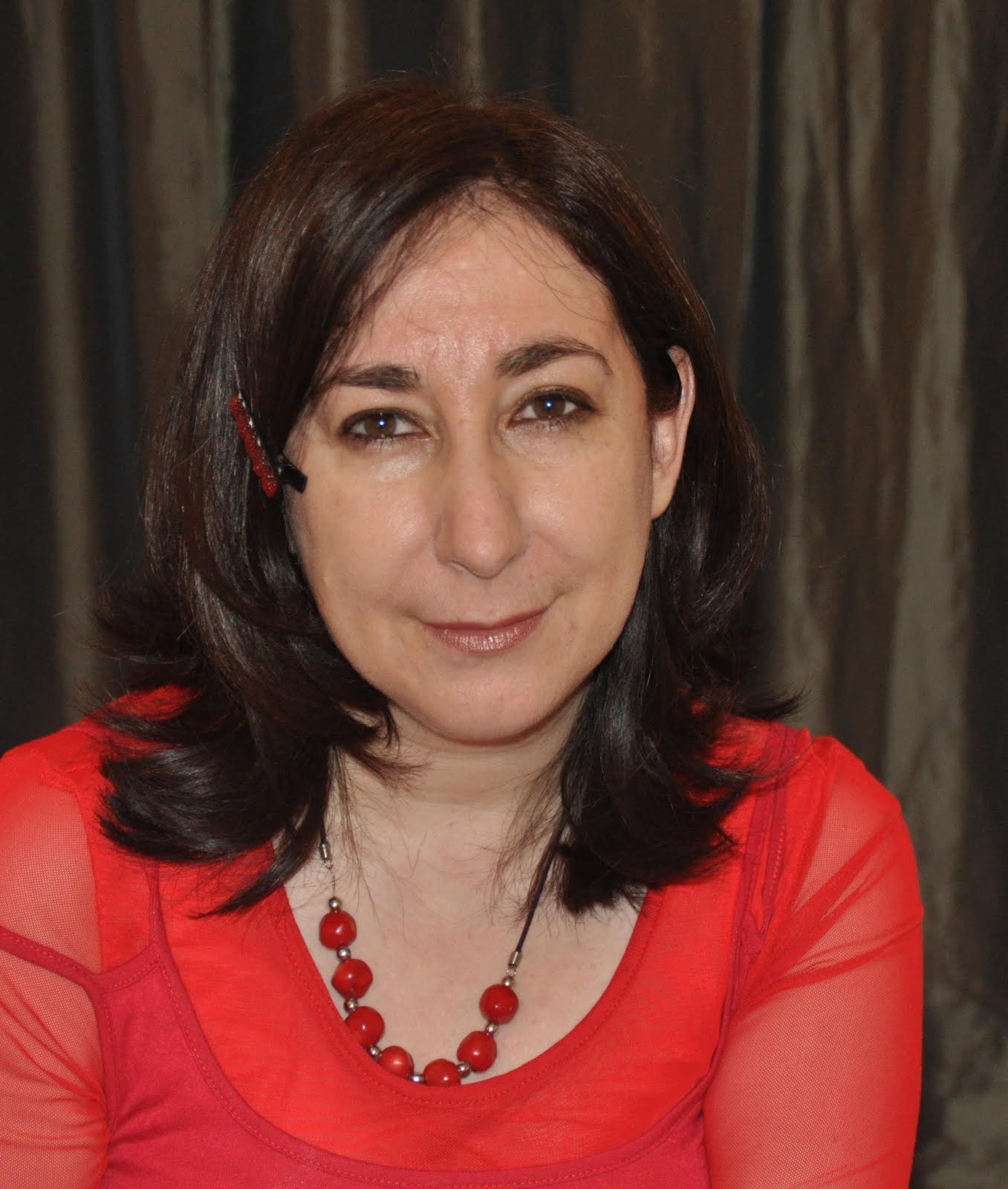
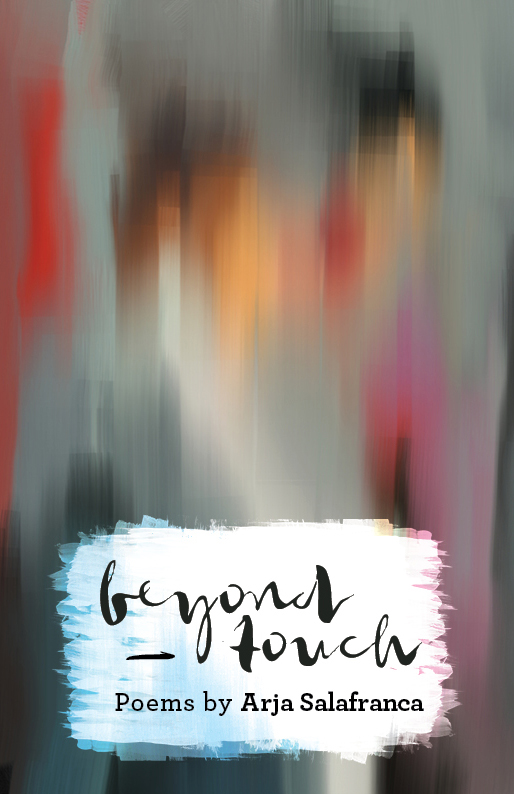
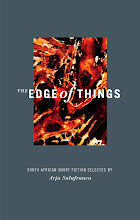
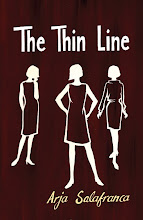
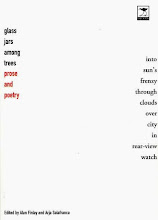
.jpg)
